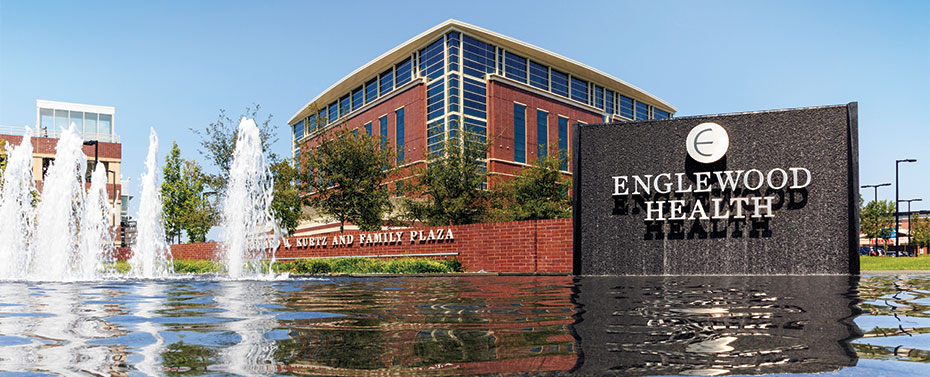The 1930s

Englewood Hospital had grown to a 200-bed hospital with laboratory, X-ray facilities, an operating suite, pediatric, maternity and outpatient departments, including a public health nursing service, and a medical staff of 30 doctors including specialists in eye, ear, nose and throat, pediatrics, surgery, x-ray, and laboratory.
A new building to house the 120-student School of Nursing was completed in 1930.
Tremendous growth in every department of the hospital was also apparent by that time. On the eve of the Great Depression, the hospital’s annual volume was some 56,000 patient days of service and more than 2,600 operations. However, as the Depression era ended and the war era began, the hospital was once again strained.
By this time, new technology and advances in medicine, surgery and drugs had shortened the length of a hospital stay. An era of “wonder drugs” was helping to treat and prevent many deadly and disabling diseases.
